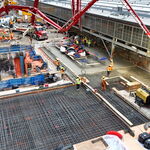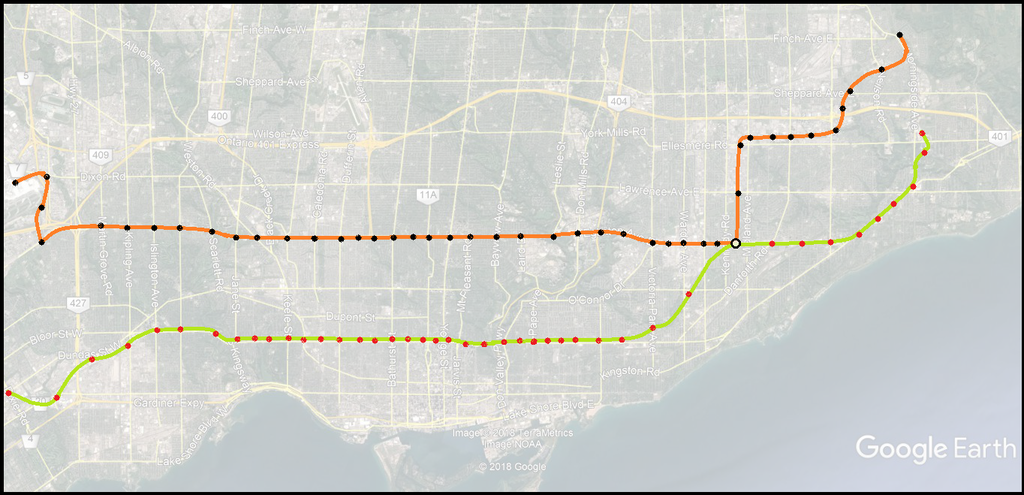syn
Senior Member
"There are about 250,000 people living downtown, and almost 800,000 living in the Old City of Toronto (pre-amalgamation boundaries). What about the other 550,000? Are they all just walking and cycling too?" which made it imply that there were 550,000 people living in the rest of toronto, meaning 2,250,000 people live in toronto, which is not far off census data. I still don't really understand what you're trying to say here.
Yes - in response to the claim that the vast majority of people in Downtown Toronto walk, cycle or take the streetcar. The point is that there are plenty of people (nearly 69%) in the Old City of Toronto boundaries (97 sq/km) that live outside downtown. That's why they built higher order transit - it was an environment that could support it and people certainly do use the subway.
We're not talking about Old toronto, we're talking about Scarborough. Old Toronto used to be as dense as Scarborough when the subway was built. Density increases as time goes on. Comparing statistics now when the subway was built 50 years ago is quite illogical.
This is false.
Toronto's population in the 1951 census was 675,754. Based on the pre-amalgamation size of the city (97 sq/km), that's a density of of nearly 6967 per sq/km, which is far greater than Scarborough's density now (3,367.6 per sq/km)
The 1951 density number is probably higher too - there were still some villages (I believe Forest Hill was one of them) that hadn't yet been absorbed into the city.
15-20 minutes is huge, meaning a round trip is a good 40 minutes. Who has that kind of time? And the purpose of public transit is to be public, people have to want to use it and it should be useful. That particular trip may not be a huge need for everyone but the fact that there's no subway connection between the Yonge and Spadina lines north of Bloor is concerning, especially if the Yonge line has to close.
If going to Yorkdale is so important, here's an idea - move closer to Yorkdale. Again, it is silly to expect everyone to expect transit to be faster than the car in all situations, especially when one wants to live in a suburban environment.
Effective public transit is dependent on certain factors. Density, both residential and employment is a huge factor. It's completely inefficient to build subways in environments that can't support them.
Last edited:





